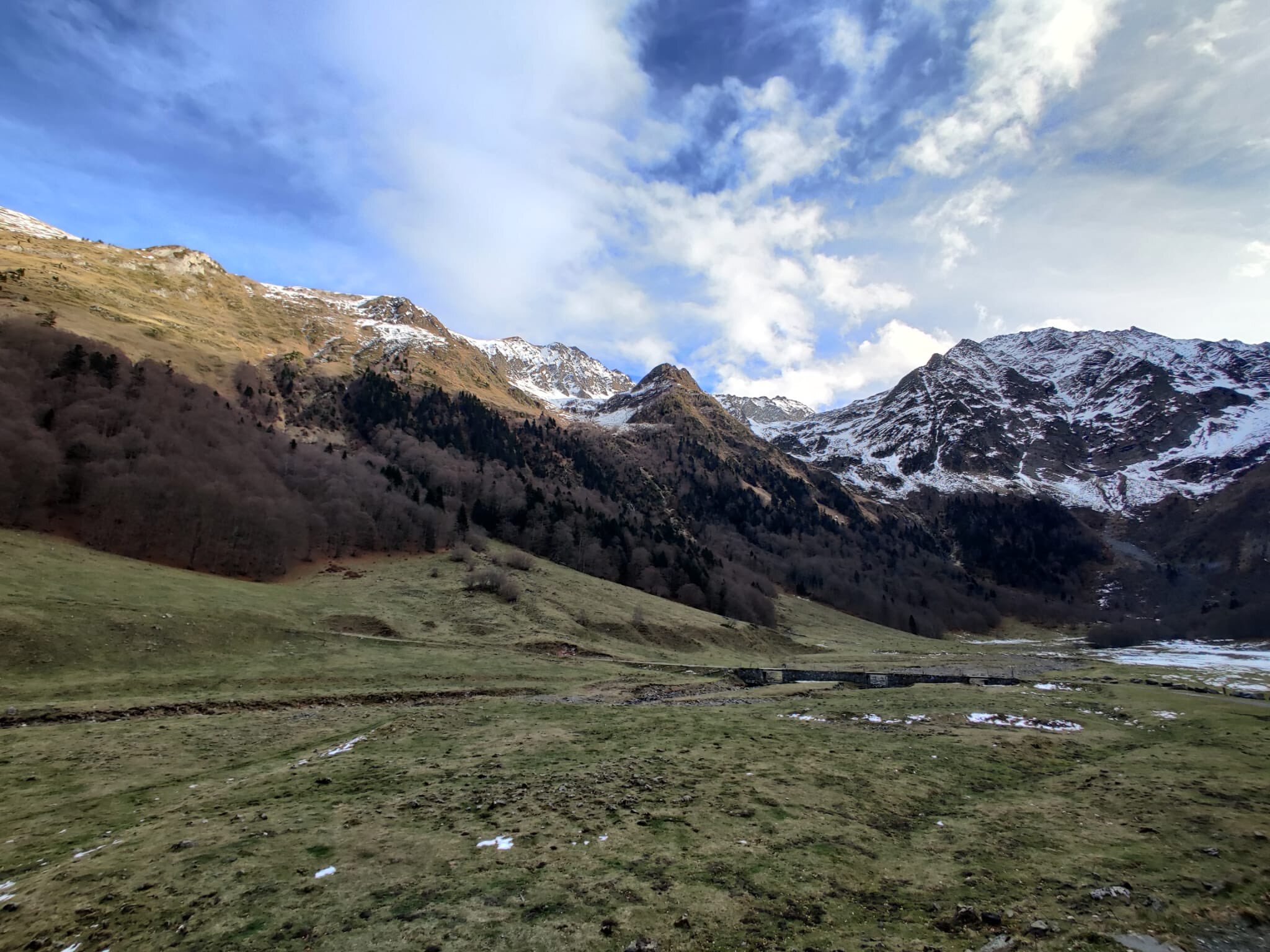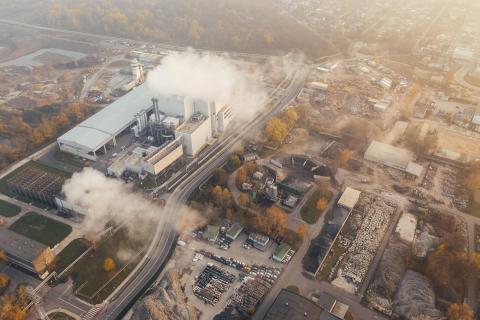The year 2022 that is now ending has been absolutely exceptional in Spain due to the high temperatures reached during the summer, which have also contributed to the fact that the annual average for 2022 places it as the warmest in the entire series in Spain since at least 1961, the date used by AEMET as the start of reliable records with a wide and uniform coverage network over the entire national territory.
Only the meteorological summer (June, July and August) reached an average temperature that was 2.2 ºC above the normal average. Three heat waves were recorded during the summer. The first, in mid-June, was the second earliest since records have been kept. The second wave, in July, was extraordinary in duration and extent, being the most intense since records have been kept. The third heat wave, in the first half of August, was exceptionally long. In total, Spain was under heatwave conditions for 42 days, almost half of the summer, far exceeding the previous record of 29 days.
Only the meteorological summer reached an average temperature that was 2.2°C above the normal average
Weather and climate extremes in Spain -and in a significant part of Europe- have not only been related to temperatures in 2022; we have also been affected by a meteorological drought that has affected most of the territory and that has only been partially alleviated by the last generalised rainfall in December. The high temperatures and low rainfall have also led to a record summer in terms of wildfires, both in terms of the area covered and the intensity of many of them.
Furthermore, it should be noted that although the year 2022 has been a year fundamentally modulated by the negative phase of El Niño (known as La Niña), which leads to global average temperature values below the normal reference values, the significant forcing caused by the increasing concentration of CO2 and other greenhouse gases has been able to offset the effect of the negative phase of this pattern of variability of the atmosphere and the ocean.
Adapting to climate change, top priority
The increased frequency, intensity and spatial extent of extreme weather and climate phenomena is one of the most immediate consequences of the anthropogenic climate change in which we are immersed. As long as we are unable to limit global greenhouse gas emissions - mainly from the widespread use of fossil fuels - we will witness, among other effects, an increase in the occurrence of these extreme phenomena.
Heat waves and other extreme events are, by definition, infrequent events that can be due to either natural climate variability or climate change, with climate change being an enhancer of extreme events. In turn, these extreme weather events have negative impacts on ecosystems and on various socio-economic sectors such as human health, agriculture, water resources, etc. Adaptation of our society and its structures to these extreme events should therefore be a top priority.
Extreme events that are rare today could become normal weather in the not too distant future
Consider that extreme events that are rare today could - if the causes of climate change are left unchecked - become normal weather in the not too distant future. A heat wave that causes serious disruption to our way of life on an ad hoc basis, including the increasing number of deaths directly caused by abnormally high temperatures, could go from being a rare and therefore newsworthy event to being a completely normal event that we would have to live with on a regular basis.
In short, extreme weather and climate phenomena, of which heat waves are just one example, must be seen as harbingers of the climate to come unless decisive, sustained and radical measures are taken to limit the greenhouse gas emissions associated with our current way of life based on widespread consumption of fossil fuels.
Let us hope that past heat waves, the forest fires that have devastated a significant part of our territory and other extreme phenomena associated with climate change, despite their very negative effects, will at least serve to make us aware of the urgent need to tackle the problem at its root, limiting global greenhouse gas emissions, while at the same time preparing society to adapt to climate change already compromised by past emissions.




